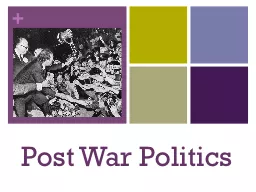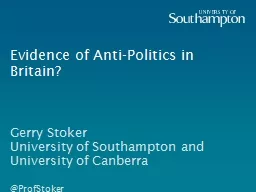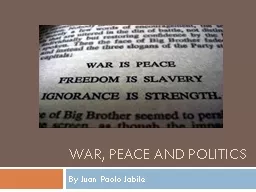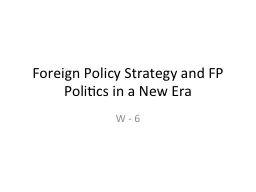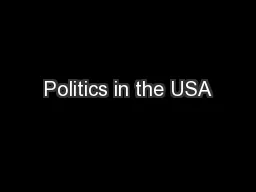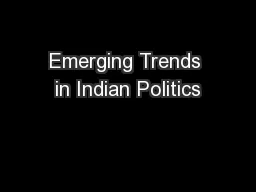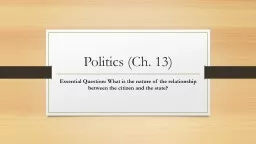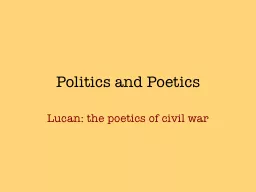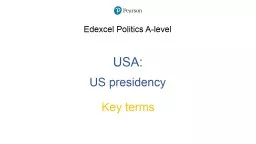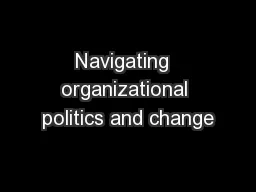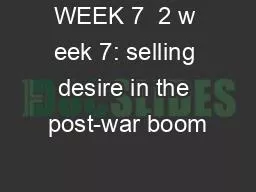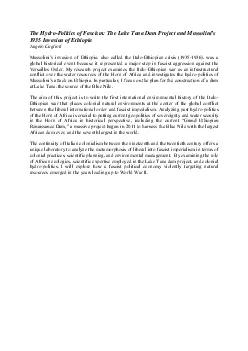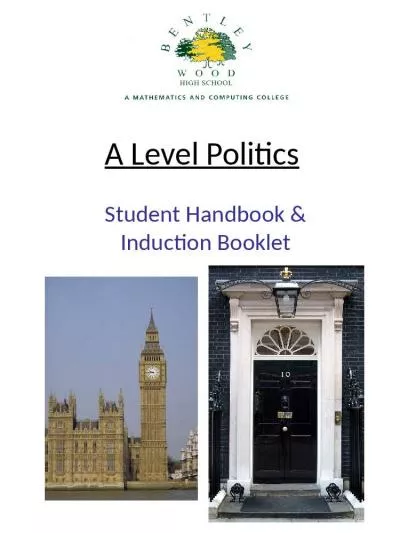PPT-Post War Politics
Author : conchita-marotz | Published Date : 2016-08-04
The Nation Expands Prime Minister Mackenzie Kings last task in office was to expand the nation from sea to sea Until 1932 Newfoundland had been an independent self
Presentation Embed Code
Download Presentation
Download Presentation The PPT/PDF document "Post War Politics" is the property of its rightful owner. Permission is granted to download and print the materials on this website for personal, non-commercial use only, and to display it on your personal computer provided you do not modify the materials and that you retain all copyright notices contained in the materials. By downloading content from our website, you accept the terms of this agreement.
Post War Politics: Transcript
Download Rules Of Document
"Post War Politics"The content belongs to its owner. You may download and print it for personal use, without modification, and keep all copyright notices. By downloading, you agree to these terms.
Related Documents

